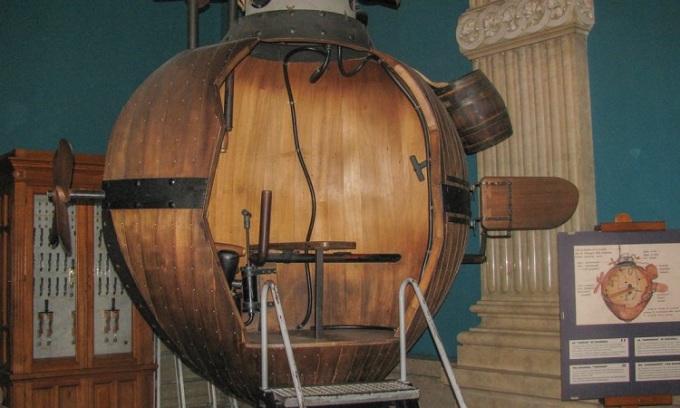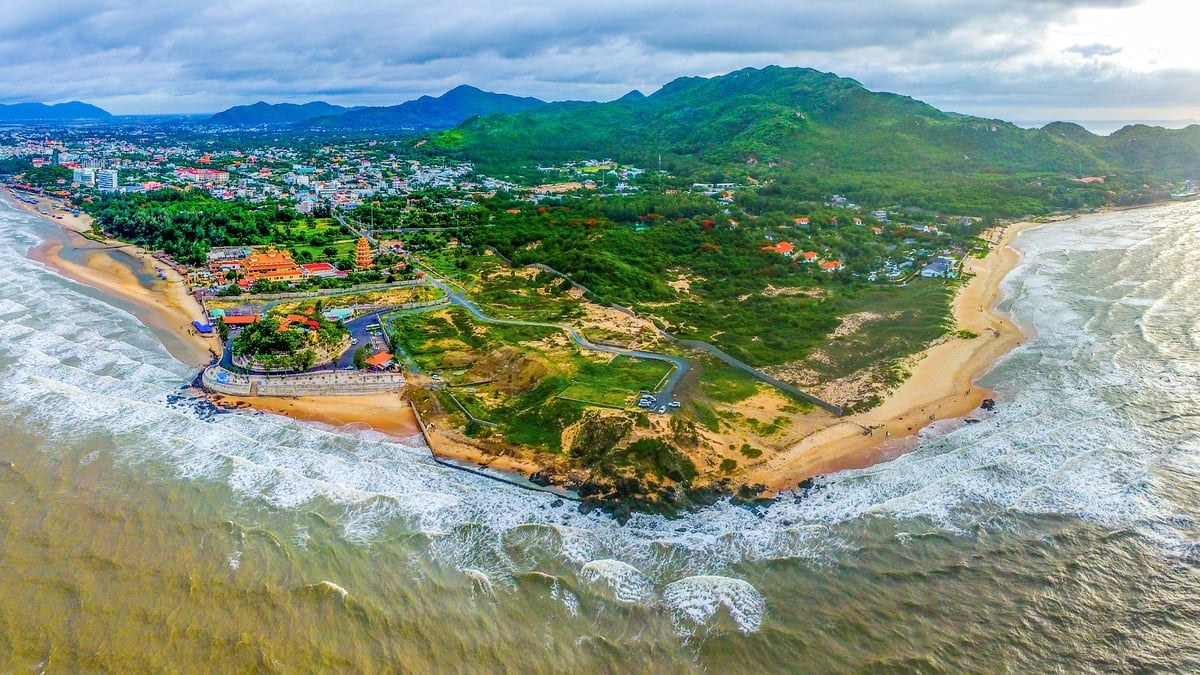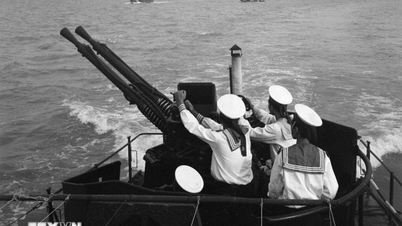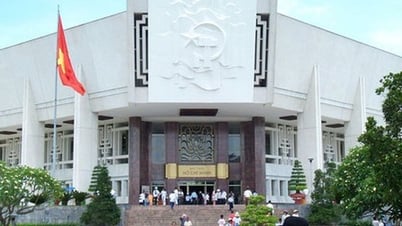A crude, hand-driven oak submersible built by a Yale University student may be the ancestor of today's modern underwater vessels.

David Bushnell's Turtle submarine model. Photo: Wikipedia
During the Revolutionary War, an American student built an experimental submarine that George Washington called a “stroke of genius.” During this period, the Continental Army often relied on guerrilla warfare to fight the British Army. Both sides created many inventions to fight the war, according to National Geographic .
While attending Yale University in 1775, a farmer's son named David Bushnell watched the early days of the rebellion unfold and envisioned what war would be like if it could be waged underwater. Bushnell was constantly thinking and came up with a series of inventions to help the militia. Bushnell was convinced that naval warfare would be crucial to the revolution. The British army was also planning to use its naval capabilities to surround the militia and force them to surrender. But Bushnell wanted to fight British ships in a new way: from underwater. He began building experimental vehicles that could dive underwater and stay in place, allowing the operator to set timed explosives to destroy other ships.
Bushnell likely drew on the descriptions of inventors like Cornelis Drebbel, who built the first working submarine in 1620. Bushnell also relied on the help of some of the revolutionaries, like clockmaker Isaac Doolittle, to create some of the equipment needed for his new machine. He envisioned a drum-shaped vessel that could hold a pilot. Surrounding the pilot would be two pieces of hull, giving the craft its name, the Turtle. Inside the oak-hulled craft, the pilot would use ballast and a pump to flood the lower half of the vessel with water, causing it to sink.
The operator has about 30 minutes of oxygen while steering the ship toward the target using hand/foot-driven propellers and rudders, relying on the light from the windows for guidance. Once close to an enemy ship, the operator can use a crude drill-like tool mounted on the Turle's hull to drill a hole in the target, set a timed explosive charge, then run away before the weapon detonates without being detected.
Bushnell's Turtle quickly attracted a lot of attention, including scientists Benjamin Franklin and Benjamin Gale. Even George Washington heard of Bushnell's machine, calling the Turtle a "strike of genius" in a letter written in 1785. However, his invention seems to have been plagued by accidents.
In September 1776, when Bushnell presented the ship, Bushnell’s brother Ezra was scheduled to be the first to pilot it, but he fell ill on the night of the mission and could not participate. Instead, officer Ezra Lee carefully steered the Turtle carrying gunpowder toward the British warship HMS Eagle in New York Harbor on the night of September 6, 1776. But because the ship’s hull was reinforced with thick metal instead of wood, he could not drill through it, so he had to abandon the target and steer the ship back to land. The Turtle failed, but Ezra Lee managed to drop bombs to distract the enemy if they spotted it.
Although the Turtle performed several more missions, problems ranging from tides to mishandling doomed it each time. Finally, in October 1776, the Turtle sank along with its transport. Historians believe the militia was able to salvage the craft, but its fate is unclear. Still, Bushnell had opened up the possibility of underwater warfare, laying the groundwork for torpedoes, timed mines, and the use of propeller-driven ships.
An Khang (According to National Geographic )
Source link






![[Photo] The happiness of infertile couples in the Central Highlands](https://vphoto.vietnam.vn/thumb/1200x675/vietnam/resource/IMAGE/2025/8/2/04f646c56c0d4b42a3f4402b6b325303)
































































































Comment (0)